Raclette has been around for more than 400 years and originates from the Swiss canton of Valais. The first written records mentioning this foodstuff date back to the early 19th century. But it was at the 1909 Valais canton exhibition that the term “raclette” was adopted. The word is still used today in Valais as well as in more generally in gastronomy to refer to the traditional art of preparing the cheese.
Raclette? A true art of living, a tradition or even a ceremony…
It’s important to choose a good cheese and cut it into two equal pieces. You bring the half-cheese close to the heat so it can bake, but not for too long: just long enough for the cheese to begin to soften. When the cheese is golden brown, nicely flowing, melting and churning away in the heat, you quickly scrape the melted part with a knife onto a plate. (Eugène Rambert) Raclette does not like to be alone on the plate. It prefers to be accompanied by jacket potatoes and small pickled vegetables like gherkins or onions that go well together. We send this treat down into the depths of our stomachs, not forgetting a good glass of Fendant or muscat wine too.
Raclette brings people together…
Although making a raclette is simple, it still has a strong symbolism rooted in our alpine scenery. A raclette means a time of celebration. Raclette brings people together, enlivens, loosens tongues and creates an ambiance full of sharing, togetherness and relaxation for those invited to attend.
It’s important not to be in a hurry when eating raclette
A special characteristic of raclette is that you have to wait patiently while the scraper watches the cheese melt, knife in hand. And as raclette is best eaten hot, tradition dictates that you start your meal without waiting for the other diners to be served.
Although raclette can be eaten all year round when made with dairy cheeses, mountain cheeses are considered best for the job and experts enjoy trying to guess their origins on taste alone.
Where better to try raclette than the raclette capital itself?
Val de Bagnes has a wealth of alpine pastures such as Mille, La Chaux, La Marlénaz, Les Grands-Plans, Le Vacheret, Sery and Charmontane.
Every year the “Bagnes, raclette capital” event takes place to give guests the chance to try the cheeses and raclettes made by mountain producers from our pastures in Bagnes and Entremont as well as from different dairies. It takes place during “Tasting Week” in the little village of Le Châble. It always brims with emotion and colour. The event is very popular and draws several thousand people who come to discover all the secrets of the delicious Valais cheeses which delight foodies and are the producers’ true pride. Both children and adults will love participating in cheese making workshops. During the weekend there is a big procession featuring bulls and cows from the pastures as well as their young.
The whole Besson Immobilier team suggests you might like to attend if this something you have not yet experienced.
See some photos of the 2016 “Bagnes, raclette capital” event
Some places where you can try raclette the rest of the year
Verbier
Bruson










